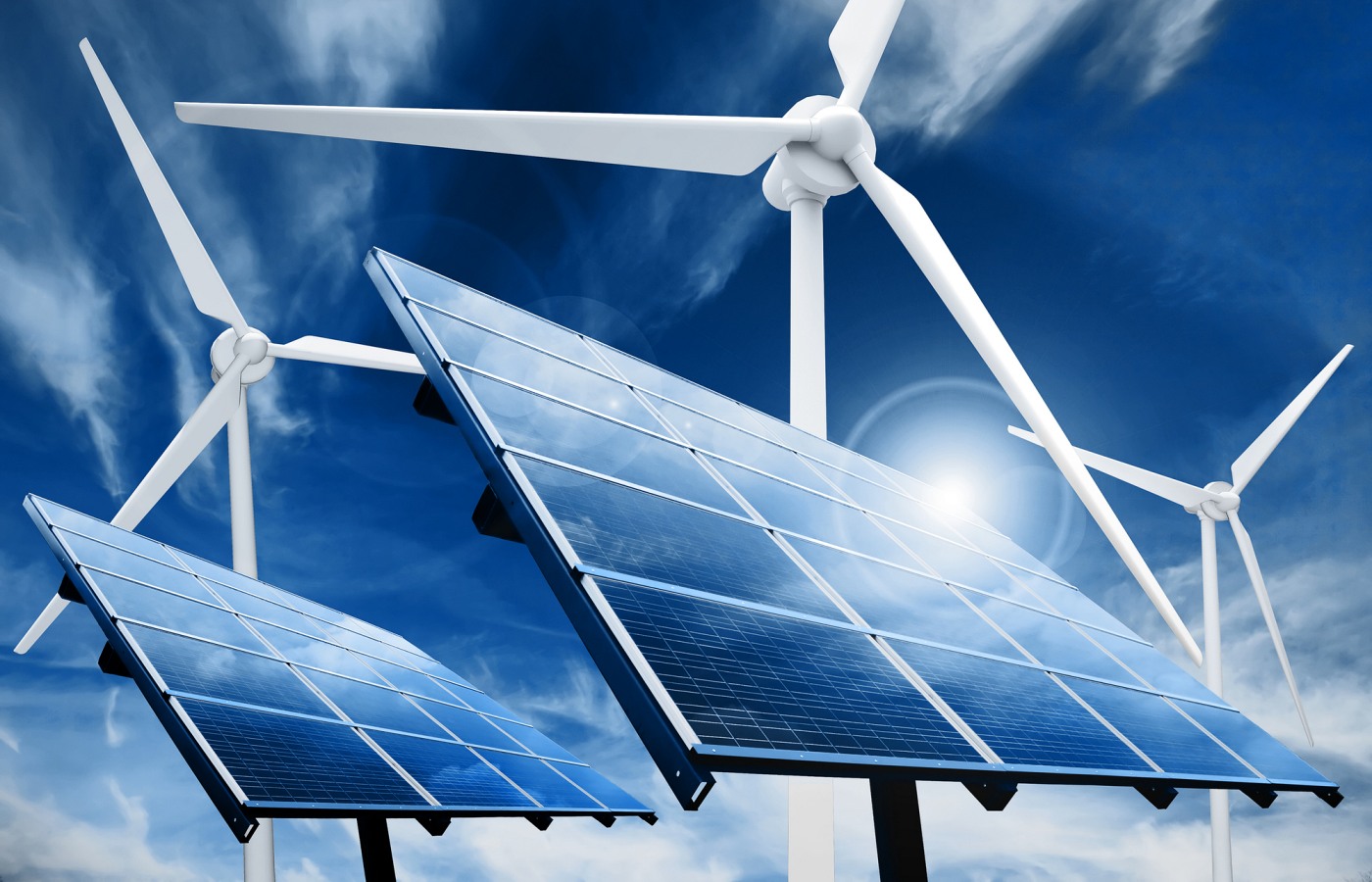David Wojick for CFACT (June 12, 2023)
Despite calling for rapid reduction in CO2 emissions, the left is rushing green industrialization which will dramatically increase emissions for the foreseeable future. This obvious absurdity has yet to be admitted.
On the one hand, there is growing literature on the enormous material requirements required for building huge numbers of wind and solar power generating systems. Then the growing realization that gas-fired backup will keep renewable power generation CO2 emissions high. See my https://www.cfact.org/2023/05/31/offshore-wind-may-not-reduce-co2-emissions/
Combining these two factors means CO2 emissions should rise, not fall, as green industrialization proceeds. Both factors are ignored, but both are big. The energy transition increases emissions. It is that simple.
On the material side, we are talking about what I call “supply chain emissions.” It should be obvious that rebuilding the electric power system is hugely emission intensive. We are talking about a tremendous amount of mining, processing, and construction, with lots of transportation at each step.
By way of example, let’s take one of my favorites — the huge monopiles that hold up offshore wind-generating towers. In this case, we focus on New Jersey’s ridiculous goal of adding 11,000 MW of offshore wind, up from its present level of zero wind. It is ridiculous because New Jersey already has all the generating capacity it needs. Supposedly this wind power is going to make the weather better or keep it from worsening, but that is another silly topic.
These monopiles are very big. For simplicity, let’s say a steel cylinder is 30′ in diameter and 300′ long, although some are bigger. Each weighs something like 2,500 tons. It is first driven into the seafloor, then hollowed out and backfilled with concrete.
Steel and cement-making both create a lot of CO2 emissions, and there are so-called emission factors for both. Steelmaking creates about 2 tons of CO2 per ton of steel, so just producing the raw steel in one monopile puts out 5,000 tons of CO2. This does not include making the monopile, which involves a lot of shaping, cutting, welding, etc.
There is something like 15,000 tons of concrete in a finished monopile, and the chemical emission factor is about 1,250 pounds of CO2, giving around 9,000 tons of CO2 per pile. This does not include the energy required for cooking the limestone to make cement, which requires a great deal of heat.
So, simply producing the basic materials causes about 14,000 tons of CO2 per monopile. Assuming for simplicity that the average turbine is 11 MW we need 1,000 monopiles, which works out to a whopping 14,000,000 tons of CO2 just to make the steel and concrete.
This huge number does not include energy-intensive activities like mining the iron ore and limestone or cooking the latter or the numerous transportation steps along the way from mine to final erection.
For now, the steel piles are made in Europe, most likely Spain, so they must be shipped something like 5,000 miles. Many of the giant substations, each filling a flatbed ship, come from as far away as Indonesia, Thailand, and Singapore. Iron ore is itself a major ocean shipping commodity. So there will be a lot of transport emissions.
And this is just the monopiles. On top of these come the huge towers, turbines, and blade sets. The turbine assemblies alone are now up to 850 tons, including many tons of copper. Then too, there are thousands of miles of undersea power cables. Every generator is wired to a substation, which is then tied to massive power lines running back to shore. Plus, there will be a great deal of onshore grid development in order to handle all this new juice coming from new places.
This is emission-intensive industrialization on a grand scale. There will certainly be huge CO2 emissions for the next decade or more. What we need is supply chain emission analysis.
There is no way green industrialization of electric power can reduce emissions in the foreseeable future.
David Wojick, Ph.D. is an independent analyst working at the intersection of science, technology and policy. For origins see here. For over 100 prior articles for CFACT see here.
Wind Concerns is a collaboration of citizens of the Lakeland Alberta region against proposed wind turbine projects.


